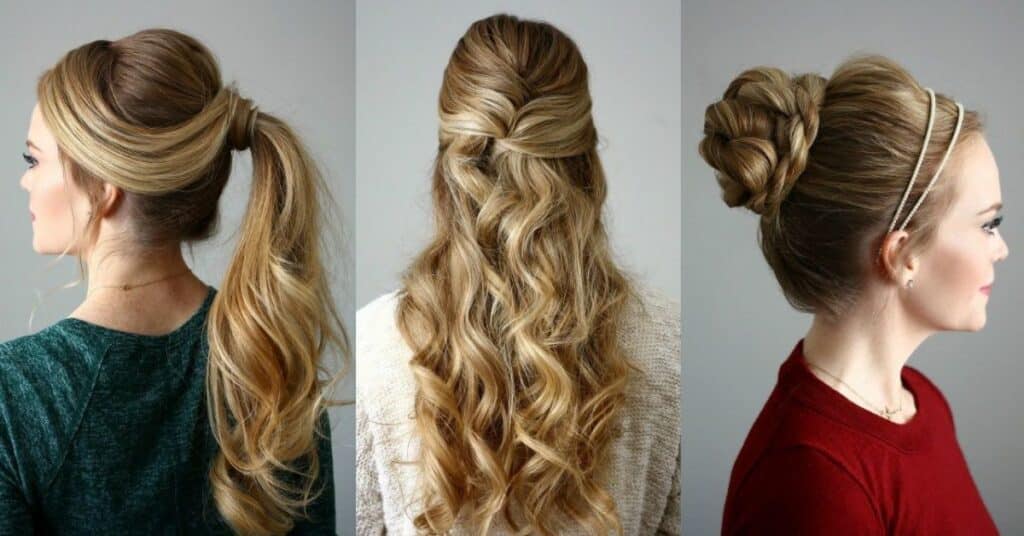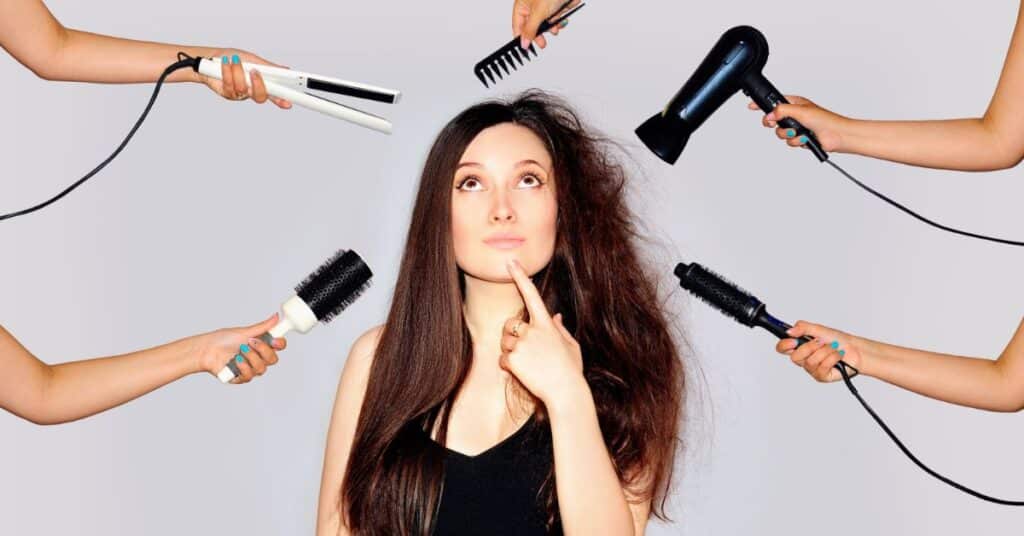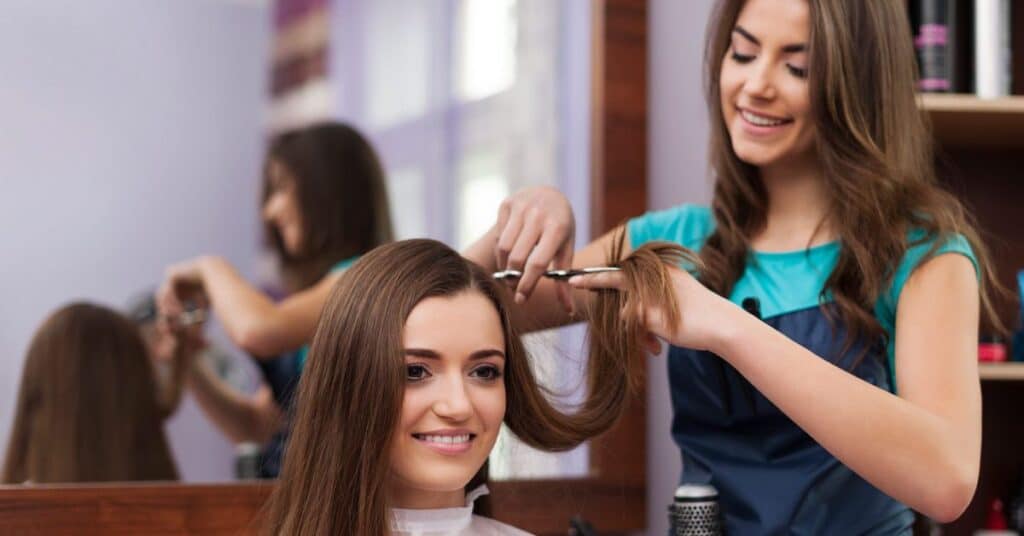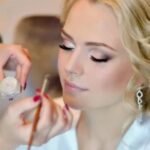Designing hairstyles for actors on stage or screen is an intricate art. It involves choosing the right styles to fit each character’s personality and the production’s genre. Whether it’s a period drama or a modern-day thriller, hairstyles play a crucial role in bringing characters to life.
Hairstylists must research historical periods and cultural influences to ensure accuracy. For example, a Victorian-era drama would demand elaborate udos, while a contemporary setting might call for sleek, understated styles. Attention to detail in hairstyling enhances the overall authenticity of the production.
Maintaining hairstyles during performances is also essential. Quick touch-ups between scenes and proper product use keep actors looking their best. By mastering the art of stage-ready styles, hairstylists contribute significantly to the success of the production, ensuring that characters’ appearances align seamlessly with their roles.
Understanding the Role of Hair in Character Development
An actor’s hairstyle reveals vital insights into their character, conveying personality traits, background details, and emotional states. Collaborating closely with directors, costume designers, and makeup artists, hairstylists create authentic styles that align with the character’s essence, considering elements like historical period and cultural context.
In productions like “Hairspray,” hairstyles are meticulously designed to mirror societal norms, with African American characters donning natural afro styles and white characters sporting bouffant and beehive looks, subtly reflecting the era’s racial tensions and divisions.
Designing Hairstyles for Different Genres

The genre of a production guides the choice of hairstyles, with period dramas requiring elaborate updos and ringlets, while gritty thrillers opt for modern, edgy cuts. Attention to historical and cultural accuracy ensures hairstyles align with the story’s context, enriching the overall viewing experience.
For instance, Downton Abbey meticulously portrayed early 20th-century British aristocracy through intricate chignons and finger waves, while Breaking Bad opted for understated, contemporary styles that reflected the harsh realities of modern life. Such attention to detail immerses audiences in the world of the story, enhancing its authenticity and impact.
Read this blog : EVERYTHING YOU NEED TO KNOW ABOUT PERMANENT MAKEUP
Essential Tools and Techniques for Stage-Ready Hairstyles
Creating hairstyles that can withstand the demands of live performance or long hours on set requires a specialized set of tools and techniques. From heavy-duty hairsprays and gels to specialized hot tools and hair extensions, you’ll need to have an arsenal of products at your disposal.
Techniques like backcombing, teasing, and intricate braiding can help create volume and texture, while strategic pinning and anchoring methods ensure styles remain secure and intact throughout the performance or filming session.
For example, in the Broadway production of “Wicked,” the hairstyles of the witches, particularly Elphaba’s signature long, flowing locks, were carefully crafted using a combination of hair extensions, backcombing, and heavy-duty styling products to withstand the rigors of a live performance.
Essential Tools Commonly Used By Hairstylists
- Heavy-duty hairsprays and gels
- Hot tools (curling irons, flat irons, blow dryers)
- Hair extensions and wigs
- Backcombing and teasing combs
- Pinning and anchoring techniques
- Intricate braiding styles
- Curling and waving tools
Maintaining Hairstyles During Production

Once the initial hairstyles have been designed and executed, the real challenge begins: maintaining those styles throughout the course of the production. Actors may need to undergo quick touch-ups between scenes or acts, and you’ll need to be prepared to address any mishaps or style adjustments on the fly.
Communicating effectively with actors about proper hair care and maintenance is crucial, as is having a well-stocked kit with all the necessary tools and products for quick fixes and refreshes. Additionally, you’ll need to be vigilant about monitoring for factors like humidity, sweat, and accidental disruptions that could compromise the integrity of the hairstyles.
In the case of long-running theatre productions, hairstylists often create detailed style guides and conduct regular maintenance sessions to ensure consistency and longevity of the hairstyles throughout the entire run.
Working with Wigs and Hairpieces
In some cases, wigs or hairpieces may be necessary to achieve the desired look for a character. Working with these specialized items requires a unique set of skills, including proper fitting, styling, and maintenance techniques.
It’s crucial to select high-quality wigs and hairpieces that can withstand the rigors of performance and create a seamless, natural-looking appearance. You’ll also need to be proficient in techniques like lace front application, ventilating, and blending to ensure the wigs or hairpieces integrate seamlessly with the actor’s natural hair.
One notable example is the extensive use of wigs and hairpieces in the Broadway musical “Hamilton.” The diverse cast portrayed characters from various racial and ethnic backgrounds, requiring a range of hairstyles that were achieved through the skilled use of wigs and hairpieces, meticulously styled and blended for a natural, cohesive look.
Read this blog also: IS CARMEX BAD FOR YOUR LIPS? | CARMEX LIP BALM INGREDIENTS
Navigating the Unique Challenges of On-Set Hairstyling
Hairstyling on a theatre or film set presents its own unique set of challenges. From working under bright lights and in tight spaces to navigating continuous takes and quick costume changes, you’ll need to be adaptable, organized, and able to problem-solve on the fly.
Effective communication with the entire production team is paramount, as hair continuity is critical for maintaining the integrity of each scene. You’ll need to be meticulous in documenting each hairstyle, noting any changes or adjustments made throughout the shooting process.
In the fast-paced world of film and television, hairstylists often work in tandem with assistant stylists and continuity supervisors to ensure consistency across multiple takes and scenes. Quick touch-ups, style refreshes, and the ability to recreate hairstyles precisely are essential skills for on-set hairstyling.
Collaborating with Costume and Makeup Departments

As a hairstylist, collaboration with costume and makeup departments is vital for achieving a cohesive character look. Open communication ensures hairstyles align with the overall aesthetic and story. Being receptive to feedback while offering expertise helps create hairstyles that enhance characters and the production’s vision.
In “Black Panther,” meticulous teamwork between hairstyling, costume, and makeup teams resulted in visually stunning representations of Wakandan tribes, showcasing intricate braids and complementary styles. This collaborative effort enriched the film’s immersive world-building and character portrayal.
Frequently Asked Questions
What factors influence hairstyle choices for actors?
Factors such as character background, time period, and genre influence hairstyle decisions.
How do hairstylists ensure authenticity in period productions?
Hairstylists conduct extensive research to ensure hairstyles align with historical and cultural contexts.
What techniques do hairstylists use for stage-ready hairstyles?
Techniques like backcombing, braiding, and securing ensure durability and style versatility.
How do hairstylists maintain hairstyles during productions?
Hairstylists conduct regular touch-ups and use durable products to maintain hairstyles throughout performances.
Why is collaboration important in hairstyling for actors?
Collaboration with directors, costume designers, and makeup artists ensures cohesive character portrayal and visual storytelling.
Conclusion
Designing and maintaining hairstyles for actors in theatre and film is a true art form, requiring a unique blend of technical skill, creativity, and collaboration. As a hairstylist in this field, you’ll play a vital role in bringing characters to life and enhancing the overall production value.
By mastering the essential tools and techniques, staying adaptable to the demands of each production, and working closely with the entire creative team.you can craft hairstyles that not only look stunning but also contribute to the authenticity and depth of each character’s portrayal. It is a challenging but rewarding career path for those with a passion for hair artistry and a dedication to storytelling through visual representation.







